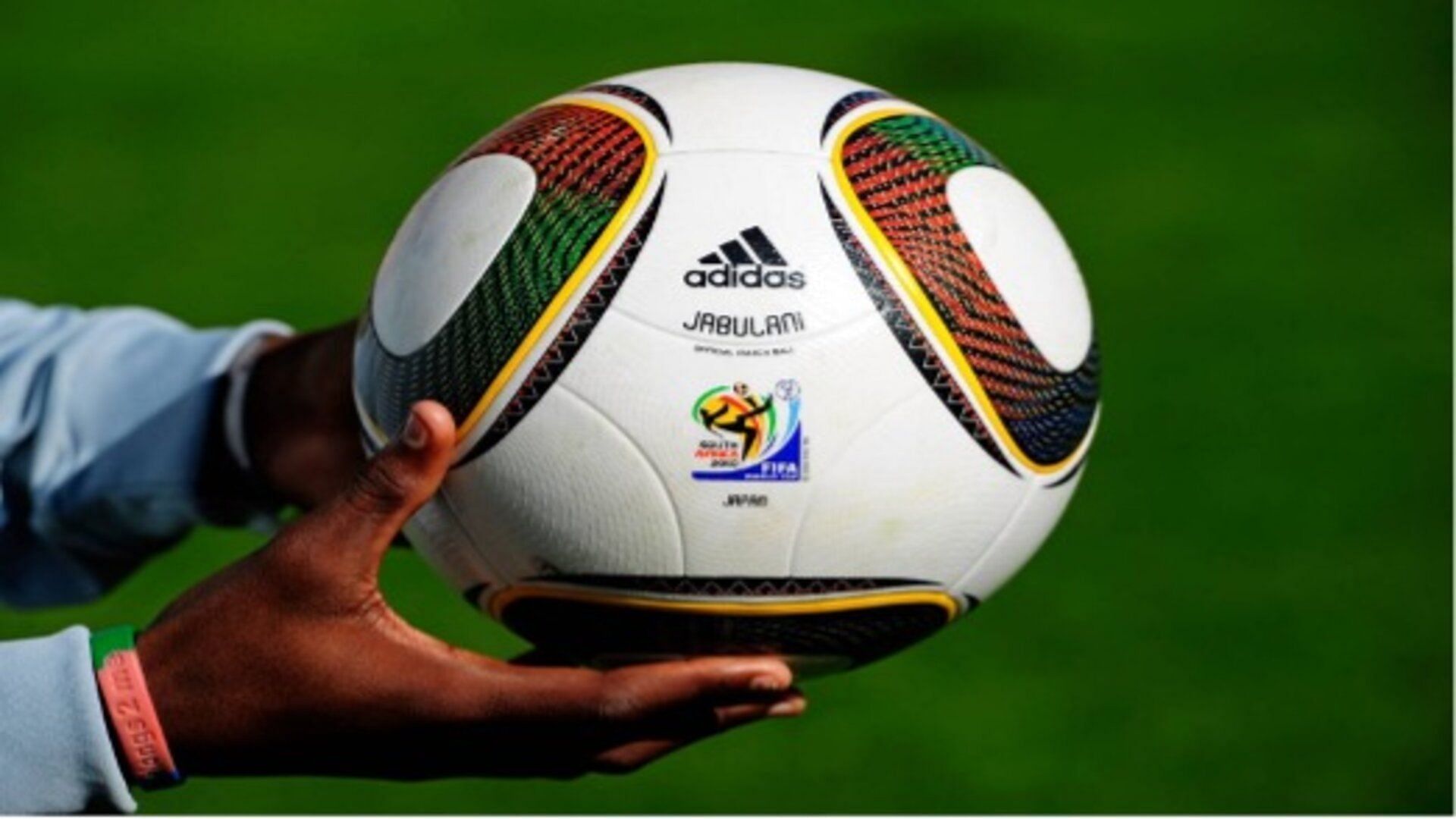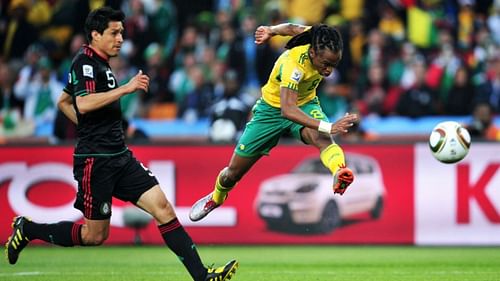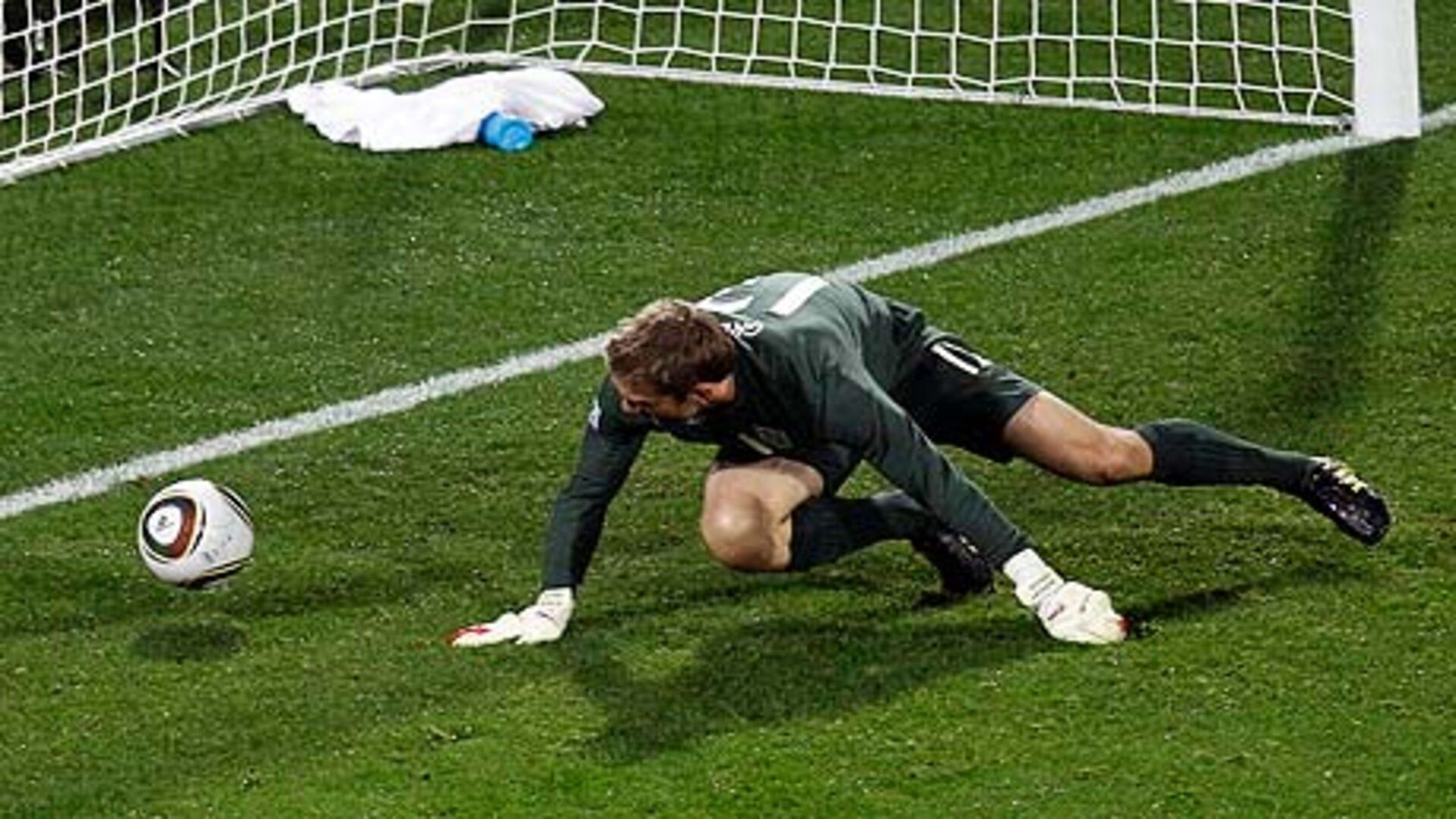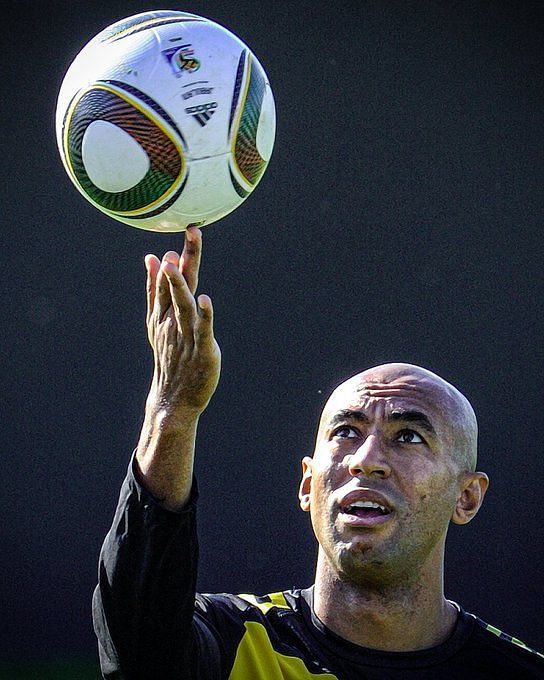
The Jabulani: A Celebration of Joy
"Jabulani" is a word the footballing world associates with the 2010 FIFA World Cup. The tournament is often looked back on with rose-tinted glasses, not so much in remembrance of the game, but of the feelings, energy, moments, and most famously, the ball. There is perhaps no football as synonymous with a tournament as the Jabulani is with the 2010 World Cup.

The first image that comes to the minds of fans when they hear the word ‘Jabulani’ is a scene of an uncontrollable orb rotating and revolving, gliding through the air onto the back of a net. It may seem fantastical, but the ball was truly magical. Sometimes it felt as though it had autonomy over its movement, such as the wild and erratic motion of the football. Some could embrace this chaos, and some could not handle the fizz. So, what exactly about this ball, made it so different?

Jabulani: The Technology
At first glance, it looks perfectly normal, a white sphere with a few ridges here and there. The answer to this question lies in the ridges. Ever since Adidas took over production of FIFA World Cup balls, they have used a standard 32 hexagonal panel method to create their footballs. In 2006, they used a 14-panel blend, and in 2010, eight. However, the panels were not the most important innovation, the ball had been made with new ridges, labeled ‘Grip and Groove’ by the German company.
The rationale for this was that it would create more friction between the boot and ball, allowing players to have greater control. The opposite would be felt by players as Spaniard Xavi described the ball as “difficult to control.” This came from a man who could control a toilet roll, and the ball sparked mass controversy due to its unpredictable nature and sudden midair shifts.
According to Opta stats, the 2010 World Cup had the most misplaced passes out of the last four World Cups. This statistic was, justly or unjustly, attributed to the Jabulani. It would soon become a scapegoat for the errors of players, but it was hard to decipher if the responsibility was on the worker or the tool.
The party rallying against the ball were goalkeepers, those who felt the most significant impact of its chaos. Iker Casillas and Gianluigi Buffon, among others, came out and denounced the ball. With their overwhelming critique of the ball, Adidas announced that they would discontinue production of the Jabulani and its grip and groove technology.
'Jabulani' Moments of the 2010 FIFA World Cup
Before its demise, however, the ball delivered a few moments of magic, such as Sully Muntari’s long-distance snipe in the infamous Uruguay v Ghana game. Muntari hedged his bets with a 40-yard thunderbolt that began to curl halfway and wrongfooted the goalkeeper.
Another was Mesut Ozil vs Ghana, where the maestro volleyed the ball from outside the box. The ball dipped and weaved, went in and out, and eventually nestled in the Ghanaian net.
However, what the ball is best known for is Diego Forlan’s golden ball-winning campaign. For Forlan, the ball was his weapon of mass destruction. It was as though he had perfectly mapped out its trajectory before striking it in the sweet spot. Forlan scored five goals, taking home the golden ball and becoming forever entangled with the Jabulani.
For many, the 2010 World Cup showed us what football can and should be - competitive, emotional, and, above all, fun. What was more fun than a half-pumped football swerving around in your backyard and in the streets? The Jabulani did a lot of things during its time, but most of all it gave fans moments of stagger and startle that you could not help but smile at. One can only hope that the 2022 World Cup inspires us to hope, to be optimistic, and to have fun. After all, Jabulani means 'to celebrate.'
